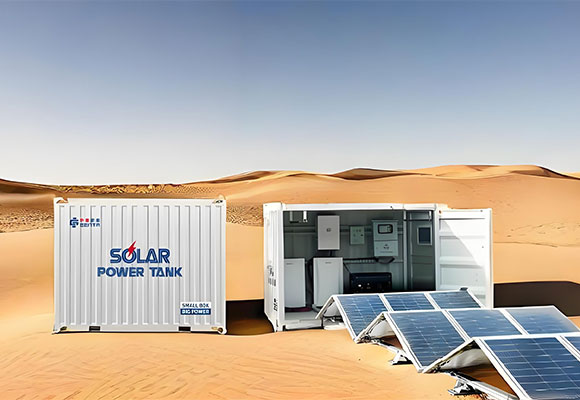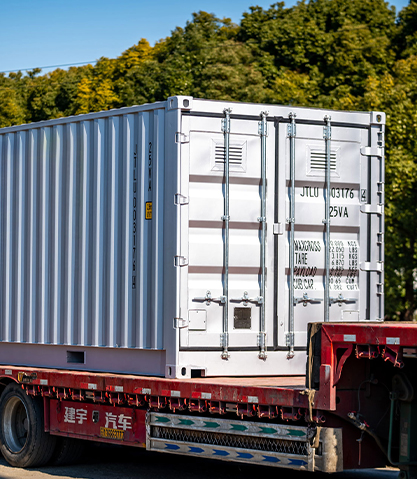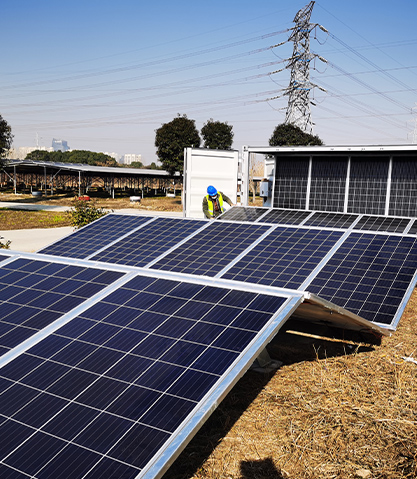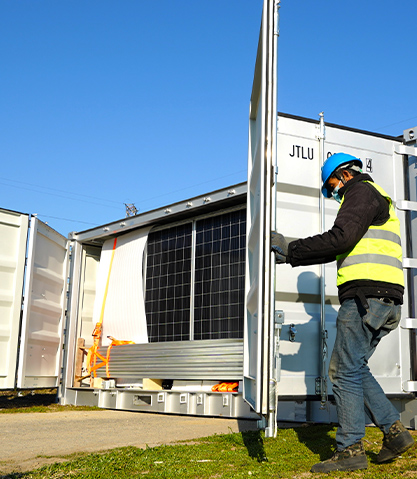As the global shift toward renewable energy accelerates, solar technology continues to evolve and adapt to various use scenarios. Among the most innovative solutions is the solar power container, a compact and modular system designed to provide reliable, off-grid electricity generation. These containers are revolutionizing the way solar energy is deployed, particularly in remote areas, disaster relief zones, military operations, construction sites, and temporary industrial setups.
This article explores the benefits, features, components, and industrial applications of solar power containers, offering a comprehensive look into this powerful renewable energy solution.
What Is a Solar Power Container?
A solar power container is a pre-fabricated, portable unit—typically housed in a standard shipping container—that integrates photovoltaic panels, inverters, battery storage, and power management systems. It is designed to function as a mobile solar power plant, capable of delivering electricity in areas where traditional grid access is unavailable or unreliable.
These containers are often built for plug-and-play use, making deployment simple and fast. Once delivered on-site, the solar panels can be unfolded or deployed on the ground or rooftop, and the system becomes operational within hours.
Key Components of a Solar Power Container
Solar Panels
Mounted on the roof or deployable externally, these panels capture solar energy and convert it into electricity.
Battery Storage System
High-capacity lithium or lead-acid batteries store excess energy for nighttime or cloudy-day use.
Inverters and Controllers
Inverters convert DC (direct current) electricity from solar panels into AC (alternating current) for general use, while charge controllers regulate battery charging to prevent overcharging.
Energy Management System
A digital system monitors performance, usage, and output, often equipped with remote access and diagnostic capabilities.
Auxiliary Equipment
These may include power distribution boxes, backup diesel generators (for hybrid models), cooling systems, and surge protectors.
Benefits of Using Solar Power Containers
1. Mobility and Quick Deployment
Unlike permanent solar installations, solar power containers can be easily transported via truck, rail, or ship. This makes them ideal for temporary or mobile operations, including remote industrial activities, humanitarian missions, and military bases.
2. Off-Grid Independence
Solar containers are self-contained systems that don’t rely on external infrastructure. They provide energy independence for areas with unreliable grids or no electricity access at all.
3. Eco-Friendly and Emission-Free
As a clean energy solution, solar power containers reduce dependence on fossil fuels, cut down greenhouse gas emissions, and support sustainable development goals.
4. Scalability and Modularity
Systems can be scaled up or down based on power demands. Multiple units can be combined to form mini solar farms, or single units can be used for isolated facilities.
5. Reduced Operational Costs
Once installed, solar containers generate free electricity with minimal maintenance costs. Compared to diesel generators, they save significantly on fuel, logistics, and maintenance over time.
6. Low Maintenance
With fewer moving parts and high-reliability components, these systems are built for durability and minimal servicing, especially when designed for harsh environments.
Common Applications of Solar Power Containers
Remote Communities and Villages
In areas lacking infrastructure, solar power containers provide a sustainable source of electricity for homes, schools, clinics, and water pumps.
Disaster Relief and Emergency Situations
After natural disasters, solar containers can be rapidly deployed to power medical stations, communication hubs, and relief shelters.
Construction and Mining Sites
Isolated job sites often rely on temporary power. Solar containers offer a clean and cost-effective solution compared to diesel generators.
Military and Defense Operations
Mobile, silent, and reliable energy is essential in the field. Solar containers meet these needs while minimizing logistical burdens.
Agricultural and Water Supply Systems
They can power irrigation pumps, cold storage units, and water purification systems in rural agricultural areas.
Innovations and Future Outlook
Modern solar power containers are becoming smarter and more efficient. New developments include:
AI-based energy management systems for predictive maintenance and optimized energy usage
Hybrid designs that combine solar, wind, and diesel backup for maximum reliability
Smart grid compatibility allowing for integration into existing infrastructure
Automated panel deployment systems for faster setup
As costs continue to decline and efficiency increases, solar power containers are expected to play a major role in global energy transformation, particularly in regions where conventional energy infrastructure is lacking or impractical.

The solar power container stands at the intersection of portability, sustainability, and technological innovation. It offers a smart, reliable, and eco-friendly alternative to traditional off-grid power solutions. Whether it’s for a humanitarian mission in a remote village or a temporary power station at a construction site, this compact solar solution proves that clean energy can be both accessible and versatile.
With growing global emphasis on renewable energy, the solar power container is more than just a temporary fix—it's a long-term solution for a cleaner and more resilient energy future.

 English
English 中文简体
中文简体 عربى
عربى



